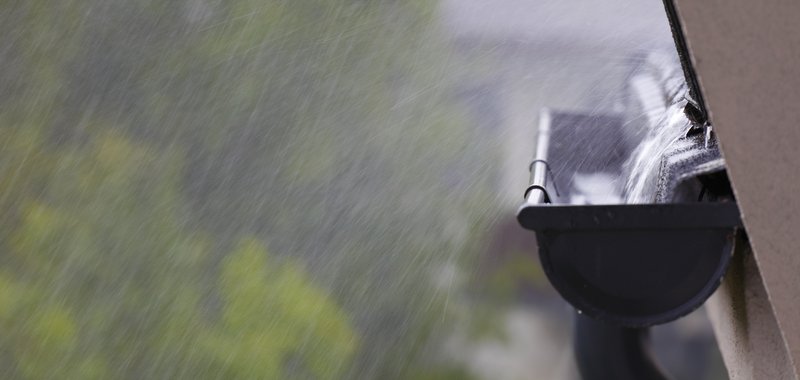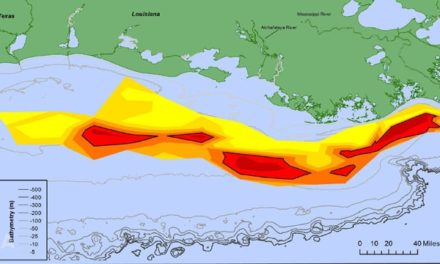Researchers at the University of Texas at San Antonio (UTSA) received a $42,800 grant from the Greater Edwards Aquifer Alliance (San Antonio, Texas) and San Antonio River Authority to support research that would treat stormwater so that it can be used by San Antonio.
According to a USTA press release, San Antonio deals with both water shortages and the flooding due to storms. But, Marcio Giacomoni, USTA assistant professor of civil and environmental engineering, believes that his research can show how one problem could alleviate the other.
Capturing excess
Giacomoni’s hypothesis is that sand filtration of stormwater can remove enough pollutants to make the water suitable to infiltrate into groundwater aquifers.
“When it rains, some stormwater becomes contaminated by bacteria, sediments, and toxic chemicals on roads or other surfaces,” Giacomoni said. “If we could purify that water, it could be carried out into the aquifer and benefit our community.”
The UTSA Main Campus is located on the Edwards Aquifer recharge zone, an area where rainfall flows through fractured limestone and replenishes the aquifer. The aquifer is the source of drinking water for much of central Texas.
Removing pollutants
To treat the stormwater, existing regulation requires reducing suspended solids, which is typically achieved by sand filter basins that collect surface runoff from parking lots and buildings. The basins’ sand layer acts as a natural filter for sediment and pollutants. Several already exist on the UTSA Main Campus.
“Our hope is that we’ll have a good assessment of how polluted stormwater is, and if it can infiltrate to the aquifer after being treated by a sand filter basin,” he said in the press release.
Testing the theory
The university’s 1-year project will enable researchers to assess stormwater treated by sand filter basins on campus. Once the researchers have a better understanding of the quality of the water, they’ll study low-impact development, such as bioretention. In that treatment, the basin’s sand layer is replaced by soil with plants, which is able to treat many pollutants found in stormwater through physical, chemical and biological processes.














